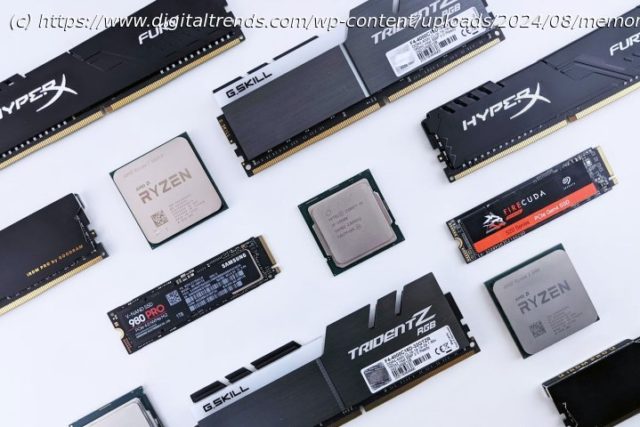SSD and RAM are two terms thrown around PCs and laptops, but what are they exactly, and how do they differ? Here’s what you need to know.
SSDs and RAM are two major components of a modern PC, whether it’s a desktop, laptop, tablet, or portable games console. They do very different jobs, but the best SSDs work together with the best RAM to make the latest generations of PCs and laptops feel fast, snappy, and responsive.
If you’re new to PCs, though, it’s easy to get these acronyms mixed up. Here’s what SSDs and RAM are and why it’s so important to know the difference.What is an SSD?
A solid state drive, or SSD, is the main long-term storage drive in most modern devices — with the exception of the super cheap or the super portable. They store the operating system, all your apps and games, and any files, folders, and other data you have. It’s a modern version of the classic hard drive, but uses newer technologies that enable far greater performance.
SSDs use flash memory to store the data in a similar fashion to RAM, but where RAM is volatile memory — that is, the data is destroyed when it loses power or the system shuts down — SSDs are a non-volatile solution, so they retain your data whether they’re powered on or off.
SSD can access their memory cells in parallel, though, so they can be far faster than traditional hard drives. Older SATA hard drives can handle sequential read and write speeds of around 550 MBps, while the latest NVMe SSDs can reach as high as 14,000 MBps.






